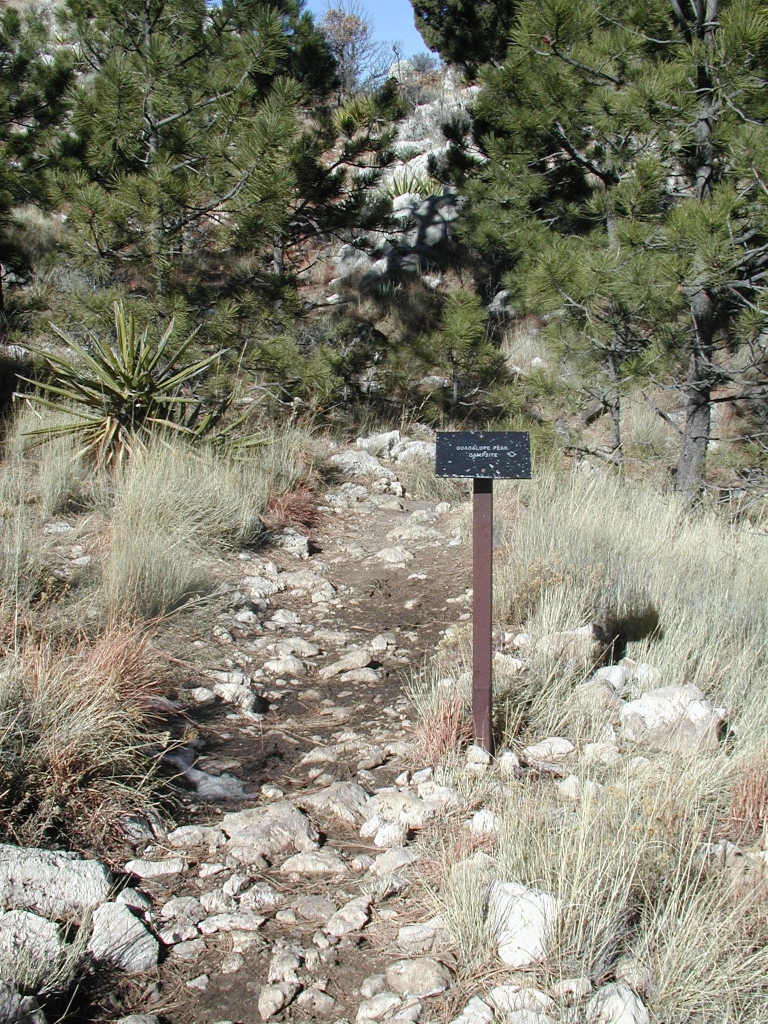
At three and one quarter miles up the trail hikers will pass a sign indicating the Guadalupe Peak backcountry campsite. A short trail leads north to the campsite, where there are five individual tent sites. Backpackers wishing to hike the peak for sunrise and sunset can camp here. Camping is only permitted in designated sites and requires a Wilderness Use Permit that must be obtained before you begin your hike.
Along the trail, you may occasionally find fossils that remind us that this land was once covered by an ancient sea. During the Permian period, between 250 and 290 million years ago, a reef formed at the bottom of an ancient sea that covered much of what is now West Texas and Southeast New Mexico. The 400-mile long, horseshoe-shaped Capitan Reef was formed of algae, sponges, and other lime-secreting organisms, as well as lime that precipitated directly from the seawater.
Eventually the channel connecting the sea to the ocean became restricted and the sea began to dry up. As the water evaporated, the reef was buried beneath a thick blanket of sediments and salts. Millions of years later, faulting lifted this ancient reef and exposed it to the elements, which quickly eroded away the sediments in which it had long been buried. This reef is exposed today in the Guadalupe Mountains, the Apache Mountains, and the Glass Mountains.
Along the trail, you may occasionally find fossils that remind us that this land was once covered by an ancient sea. During the Permian period, between 250 and 290 million years ago, a reef formed at the bottom of an ancient sea that covered much of what is now West Texas and Southeast New Mexico. The 400-mile long, horseshoe-shaped Capitan Reef was formed of algae, sponges, and other lime-secreting organisms, as well as lime that precipitated directly from the seawater.
Eventually the channel connecting the sea to the ocean became restricted and the sea began to dry up. As the water evaporated, the reef was buried beneath a thick blanket of sediments and salts. Millions of years later, faulting lifted this ancient reef and exposed it to the elements, which quickly eroded away the sediments in which it had long been buried. This reef is exposed today in the Guadalupe Mountains, the Apache Mountains, and the Glass Mountains.
Is there something we missed for this itinerary?
Itineraries across USA
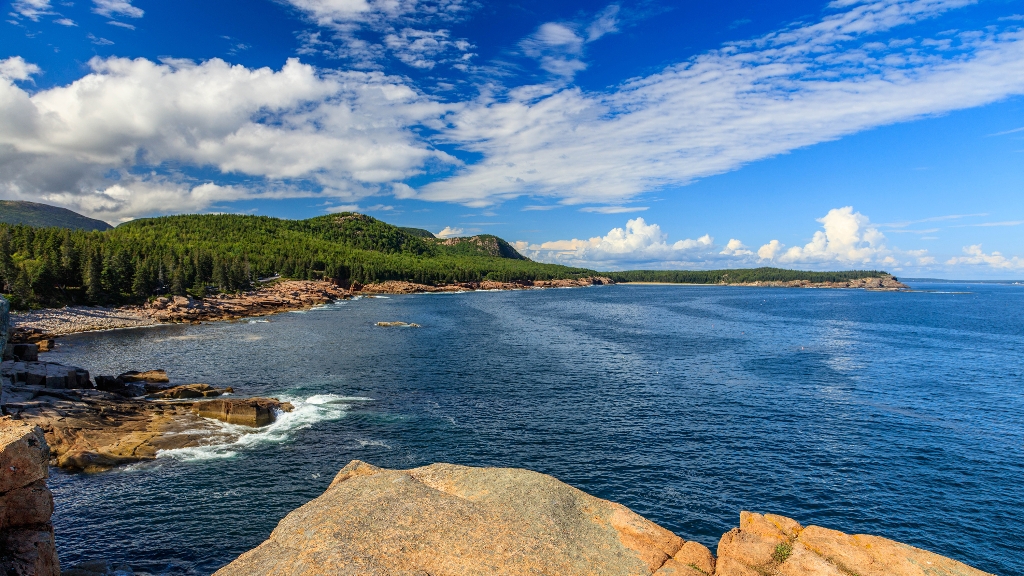
Acadia
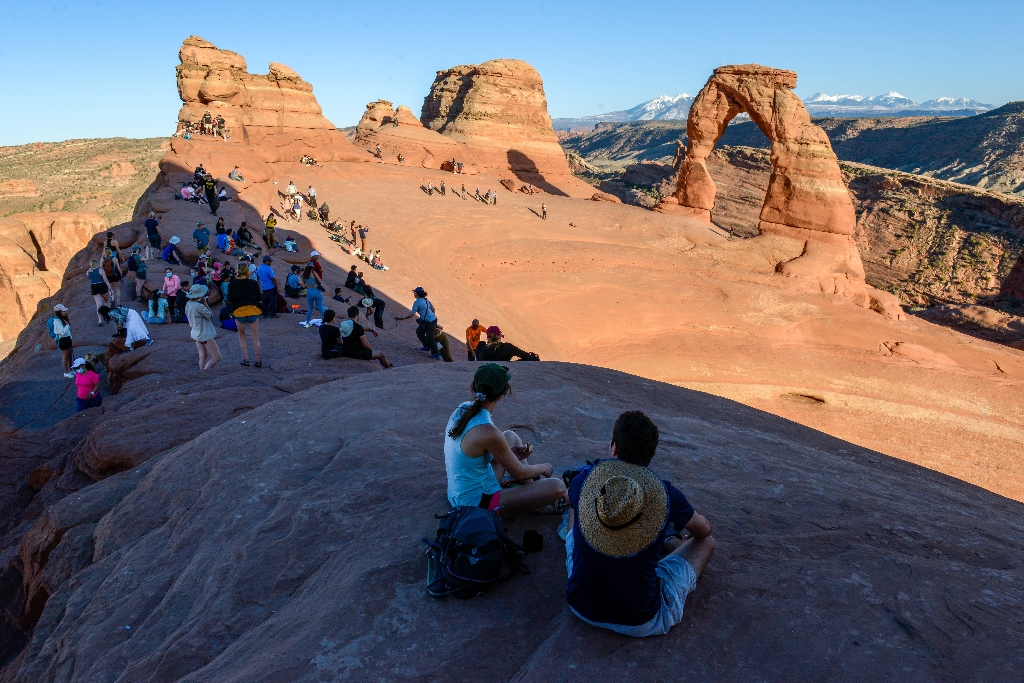
Arches National Park

Badlands
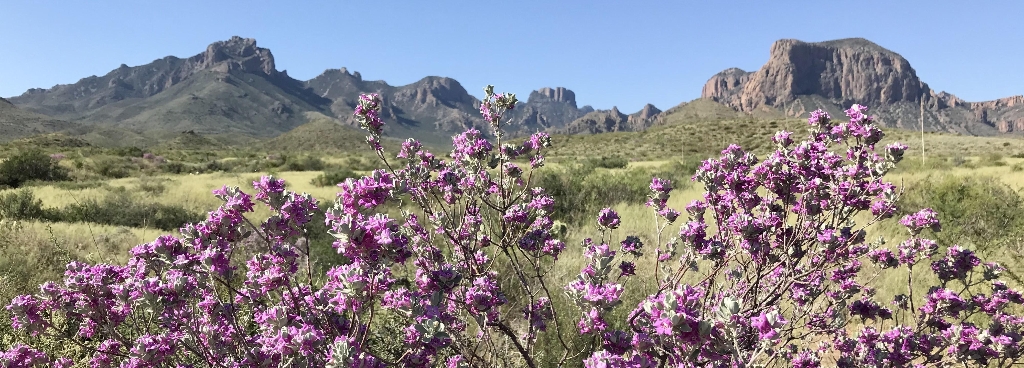
Big Bend
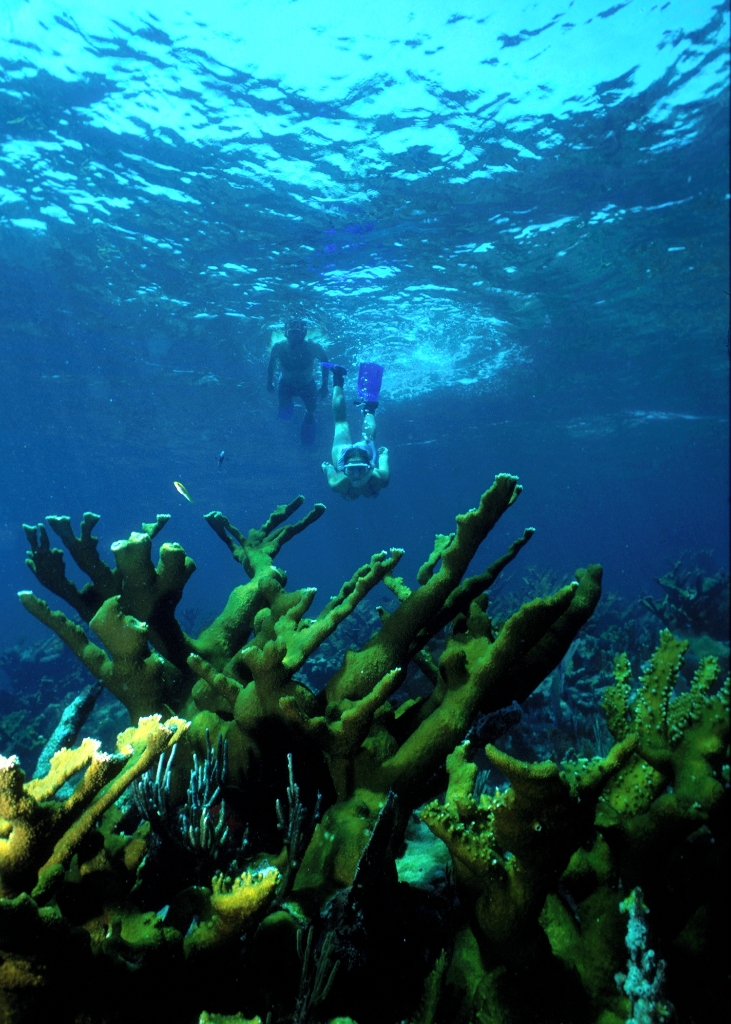
Biscayne

Black Canyon Of The Gunnison
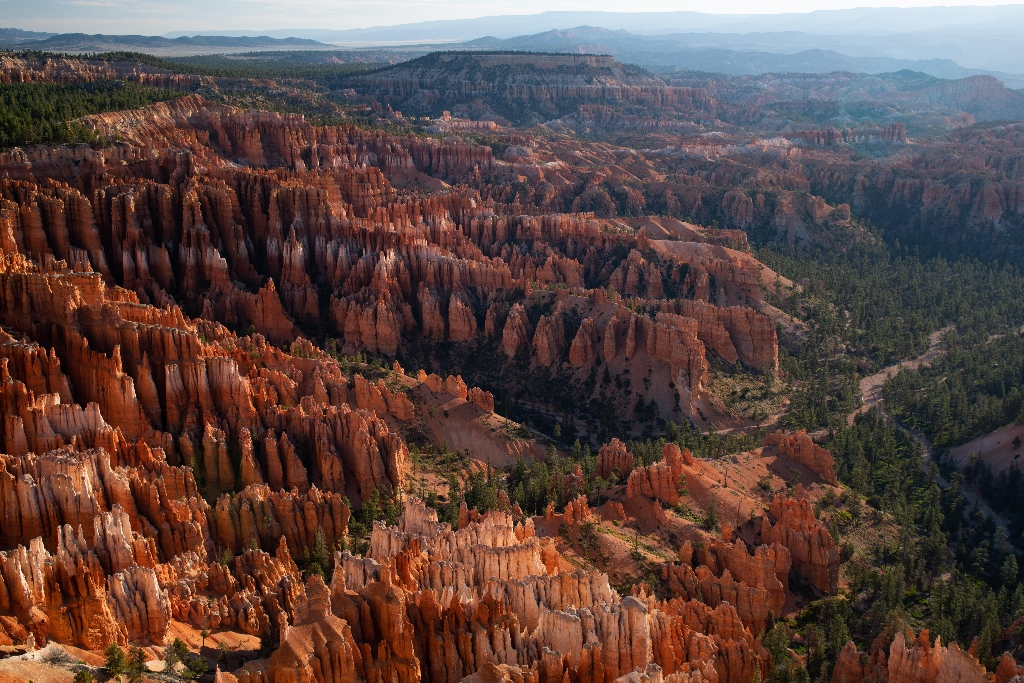
Bryce Canyon
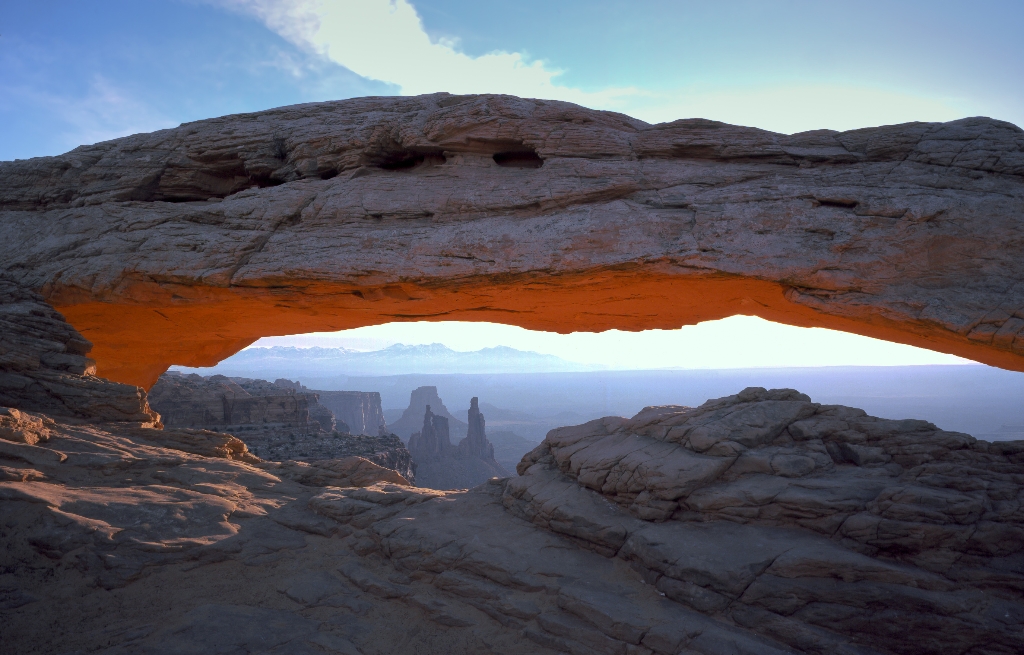
Canyonlands
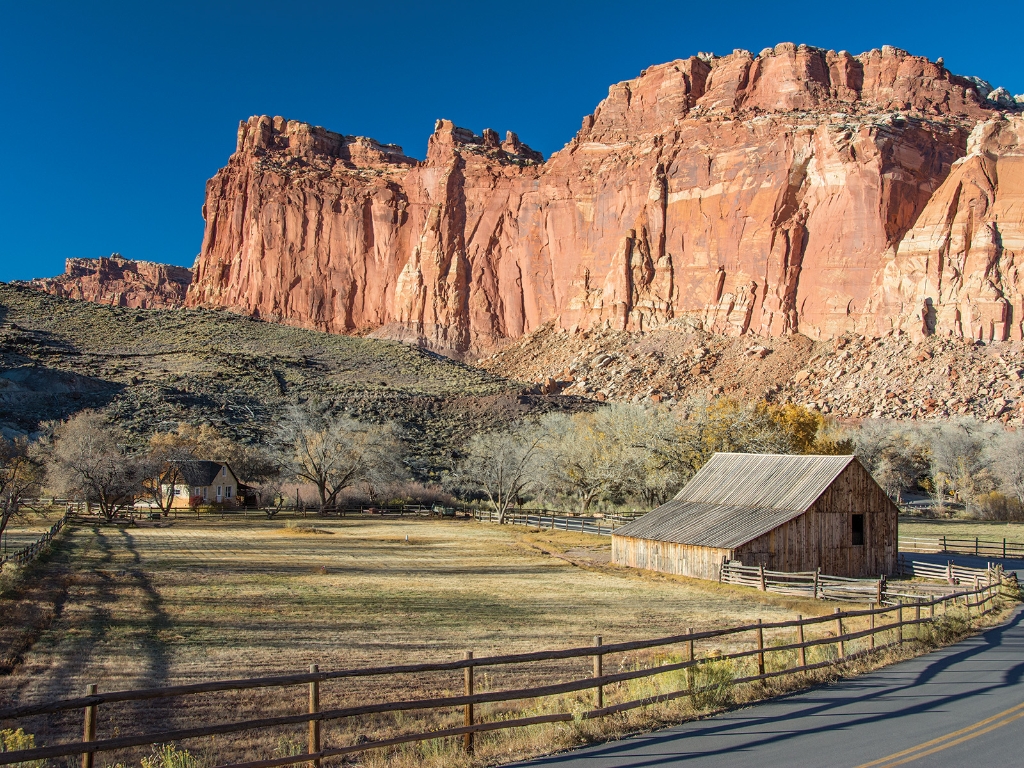
Capitol Reef
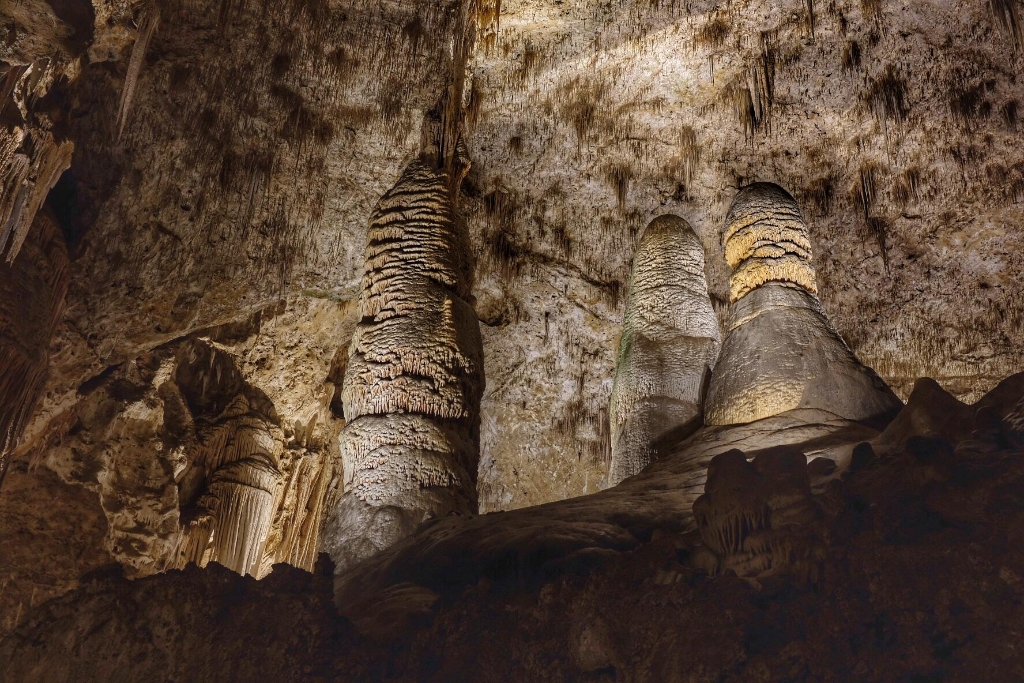
Carlsbad Caverns
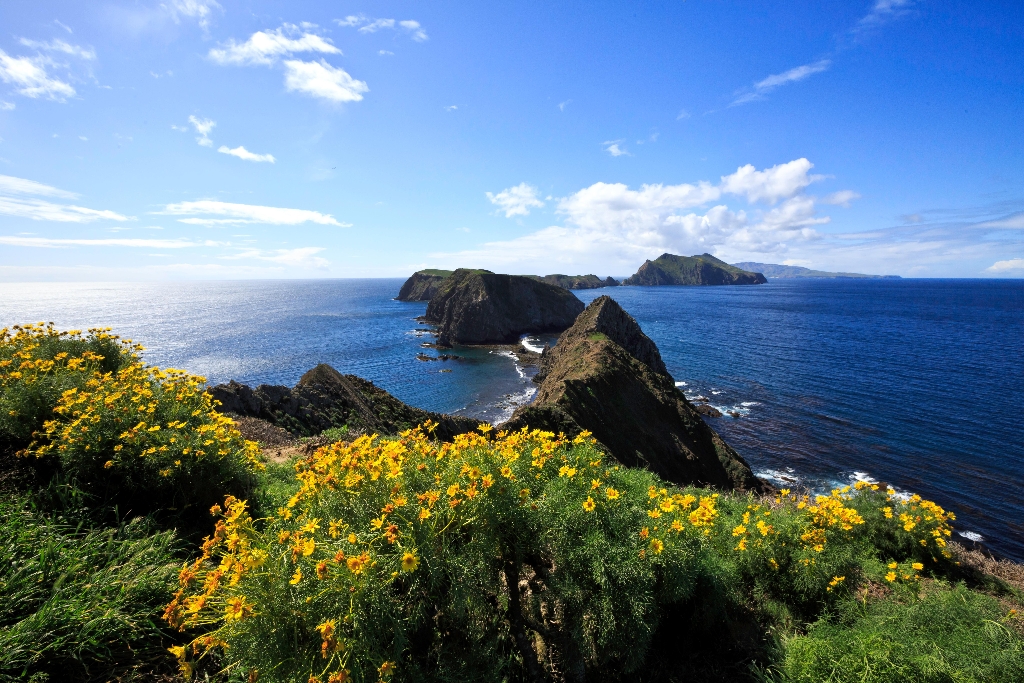
Channel Islands
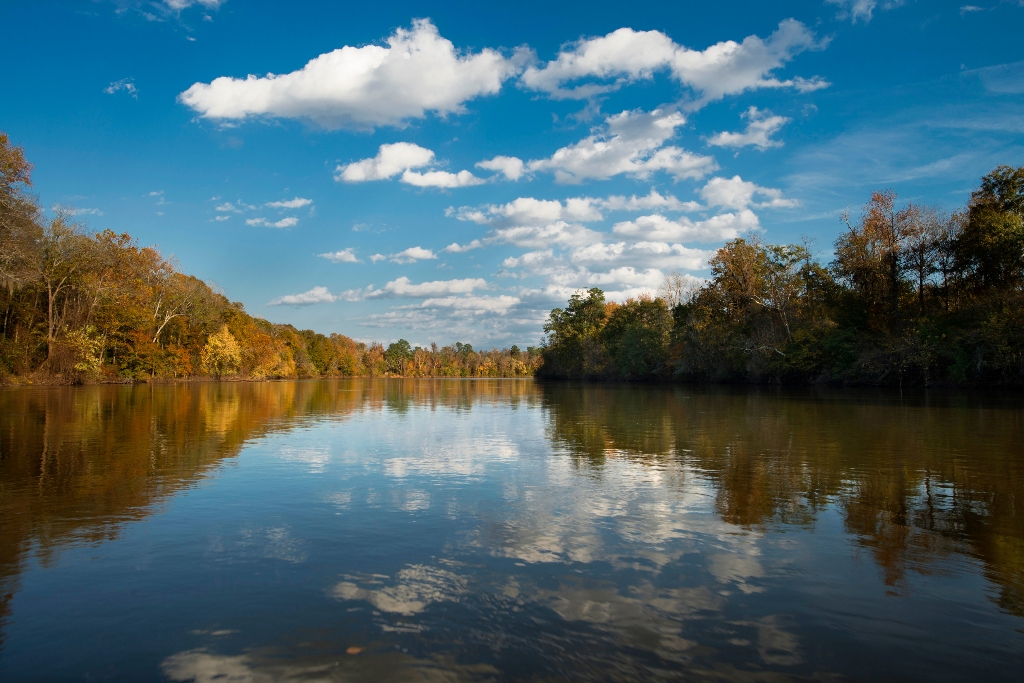
Congaree
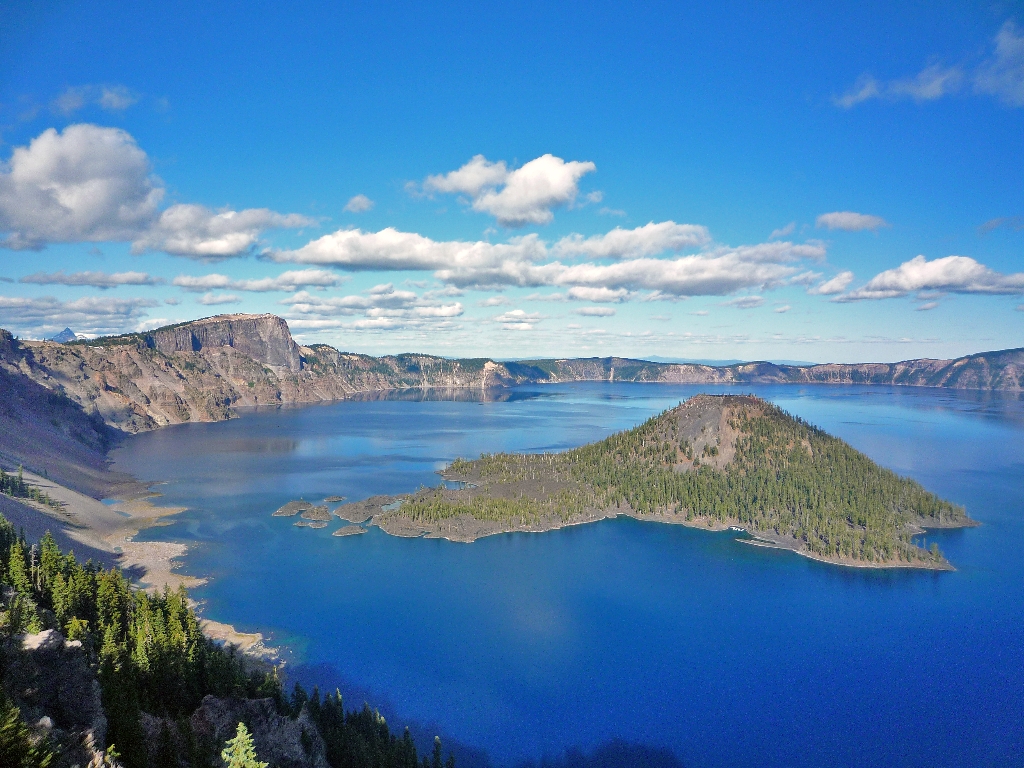
Crater Lake
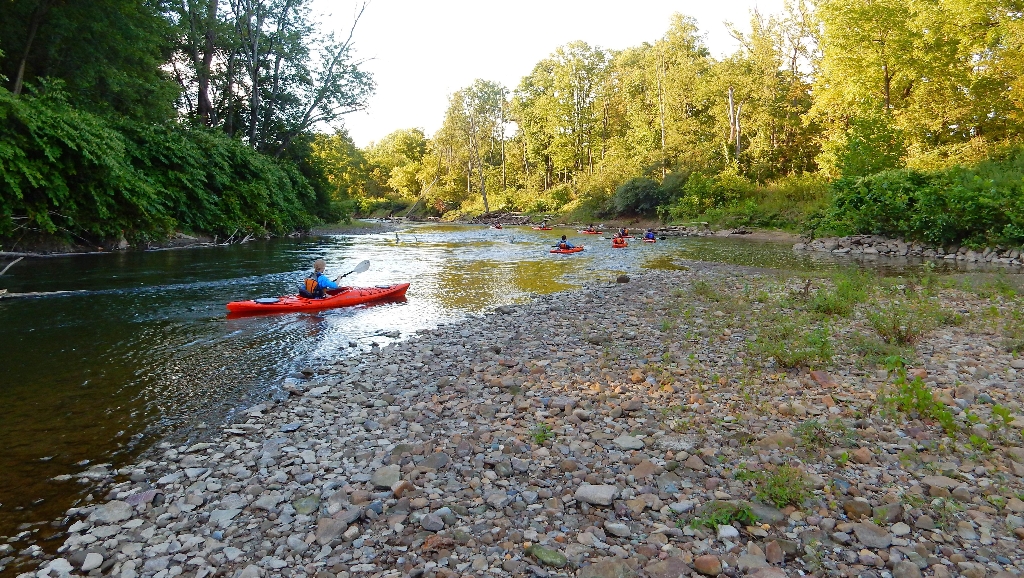
Cuyahoga Valley

Death Valley
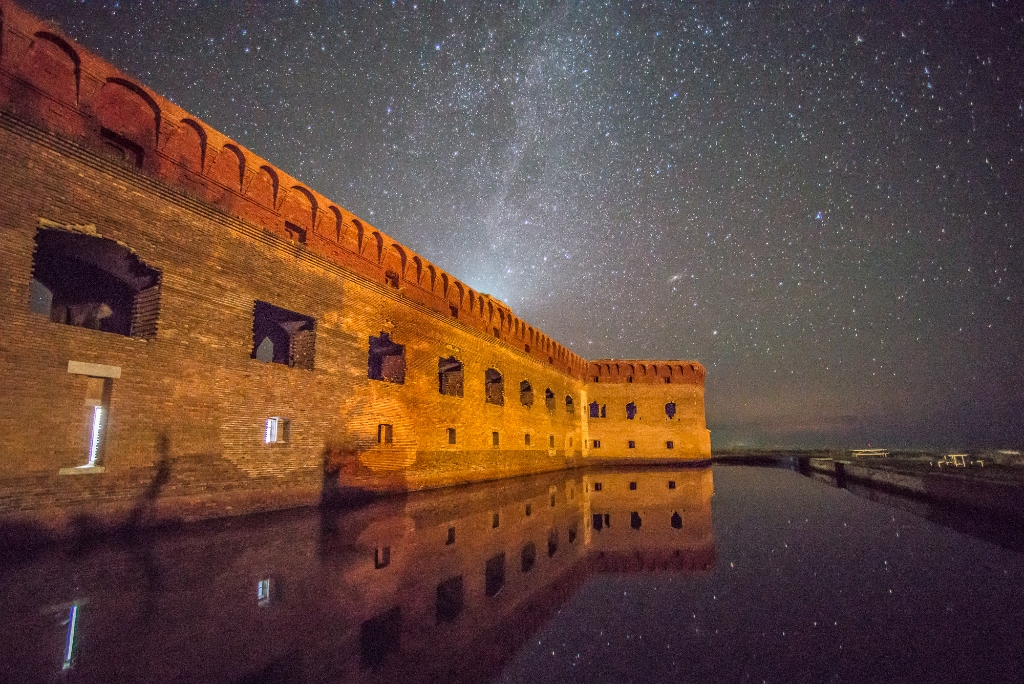
Dry Tortugas
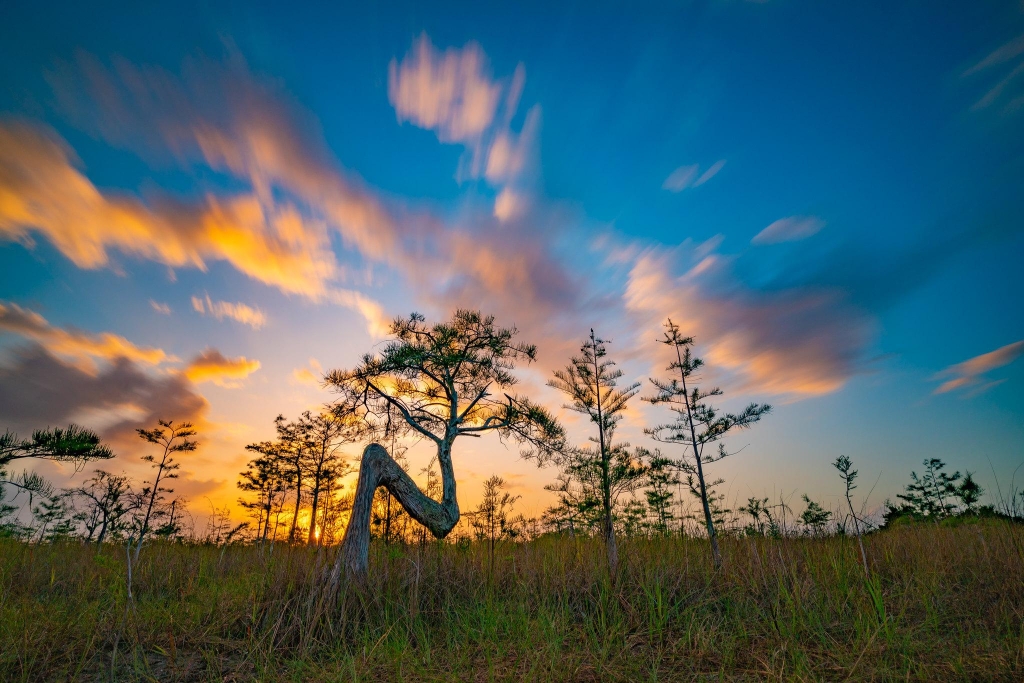
Everglades

Gateway Arch
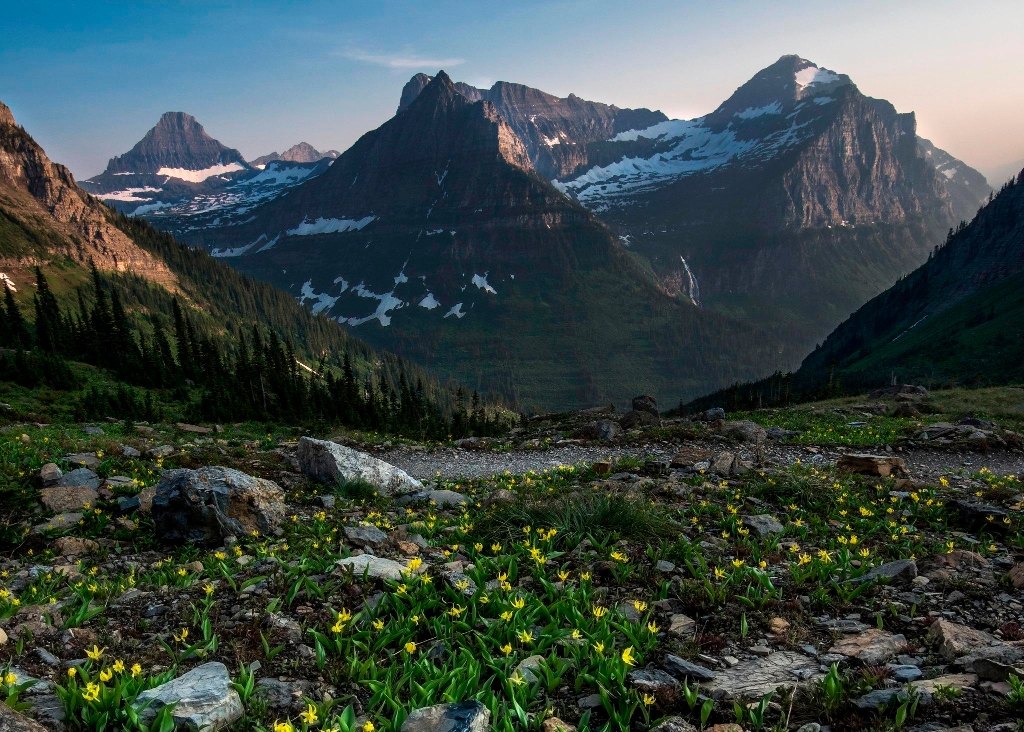
Glacier
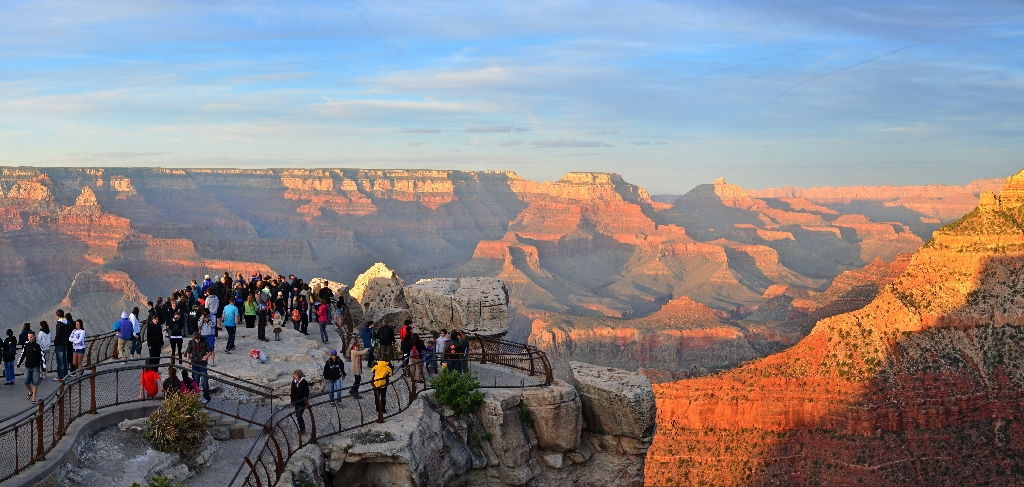
Grand Canyon

Grand Teton
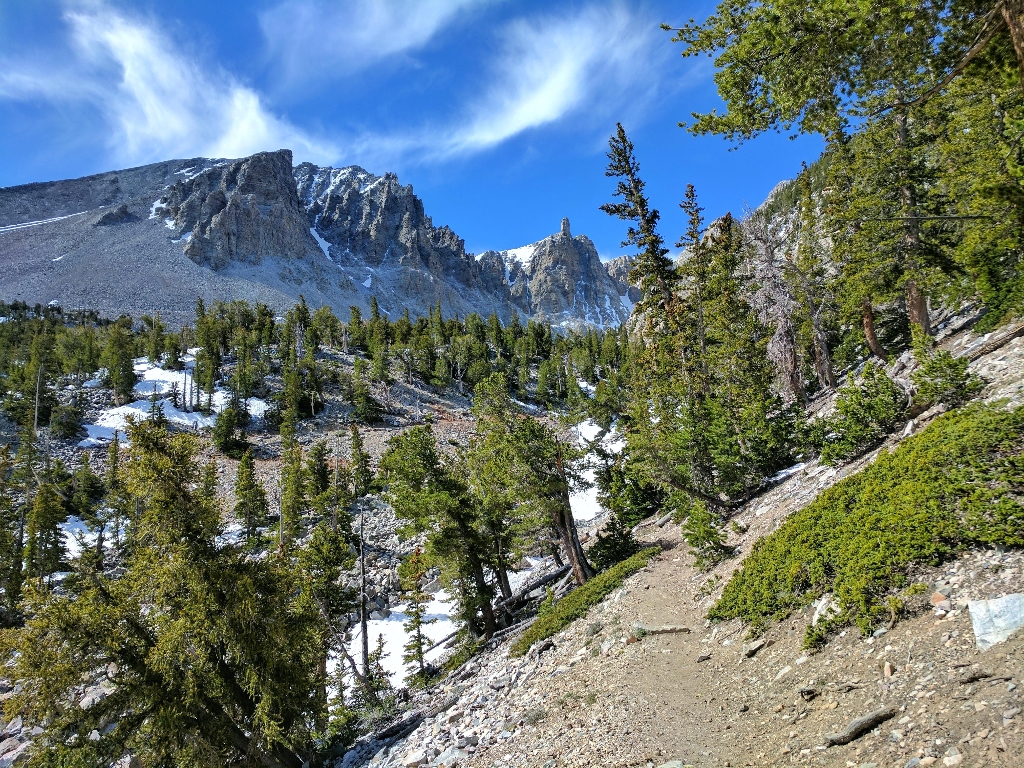
Great Basin

Great Smoky Mountains
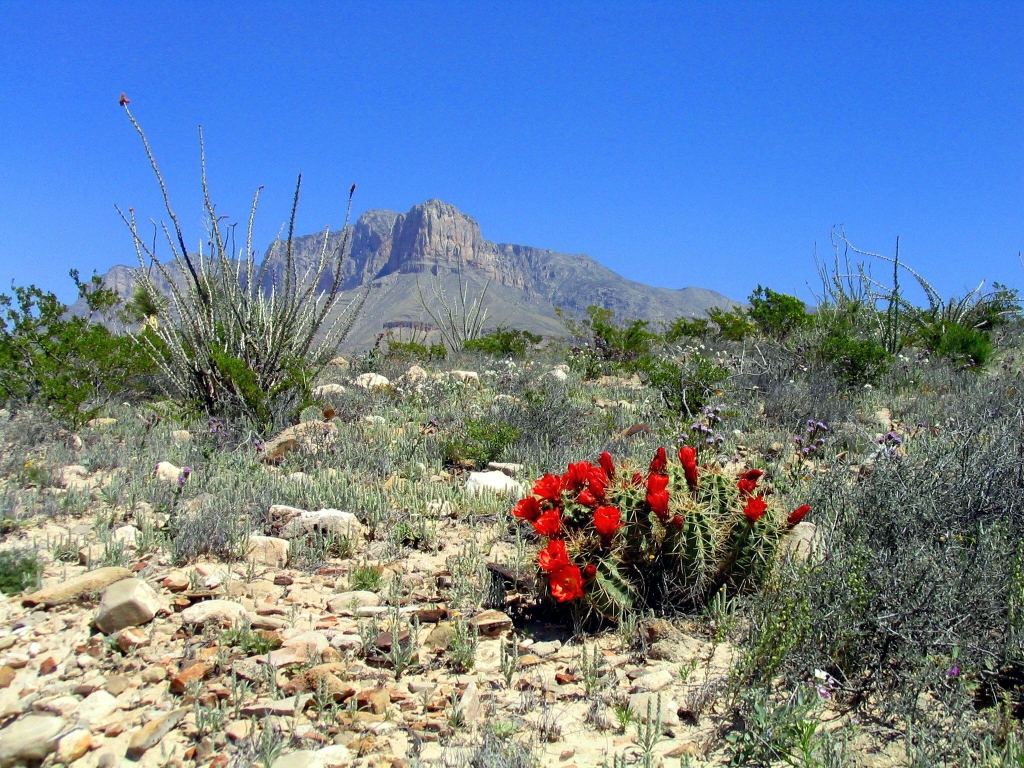
Guadalupe Mountains

Haleakalā
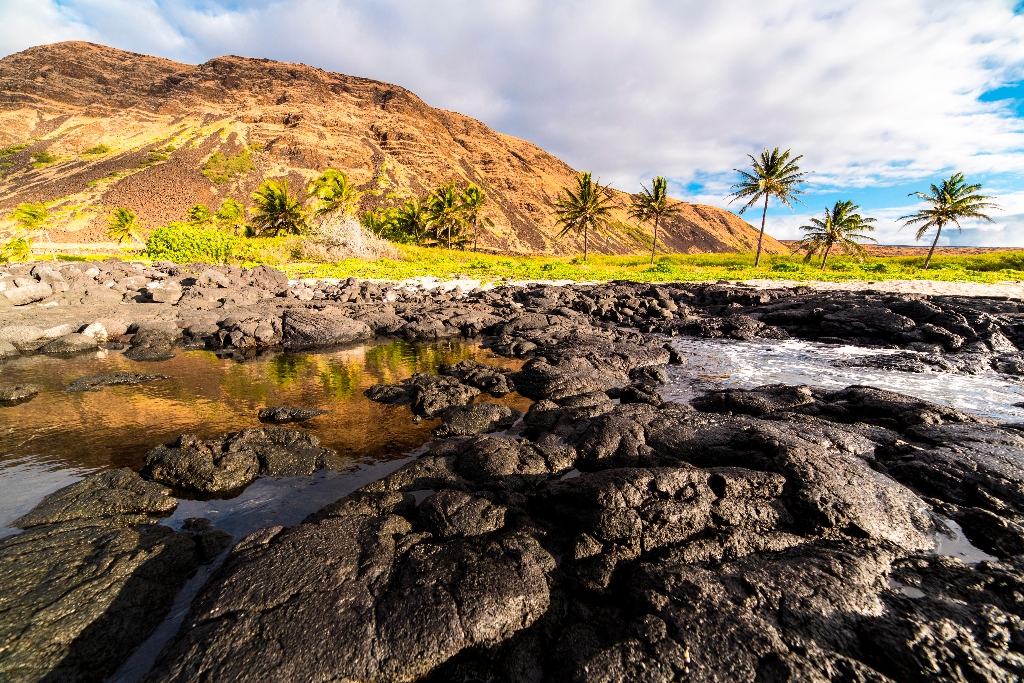
Hawaiʻi Volcanoes

Hot Springs
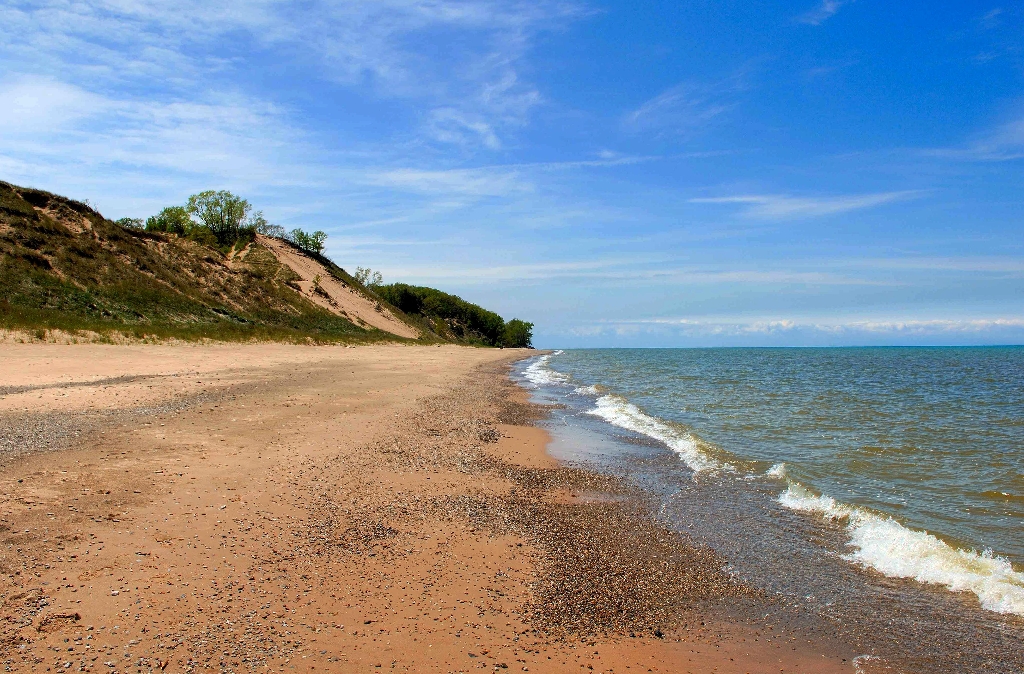
Indiana Dunes
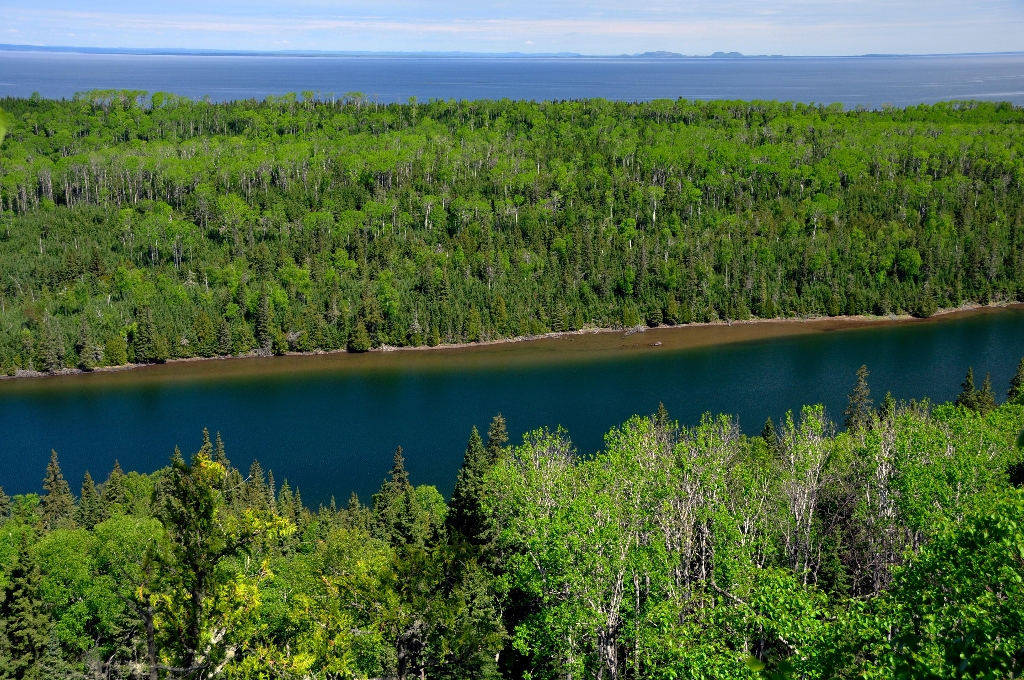
Isle Royale
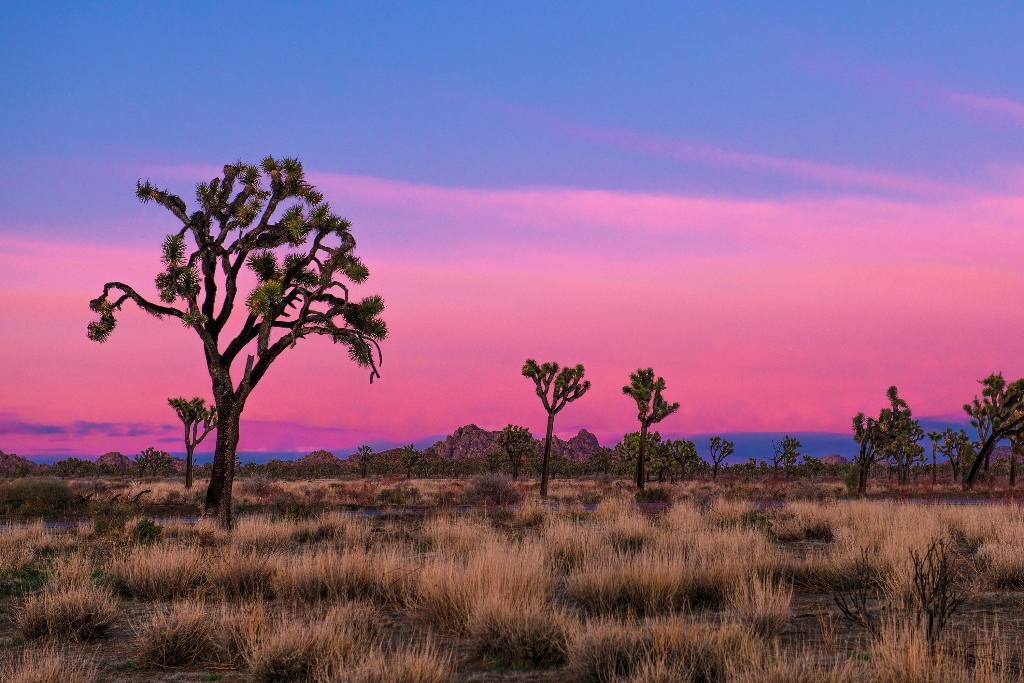
Joshua Tree

Kenai Fjords

Kobuk Valley
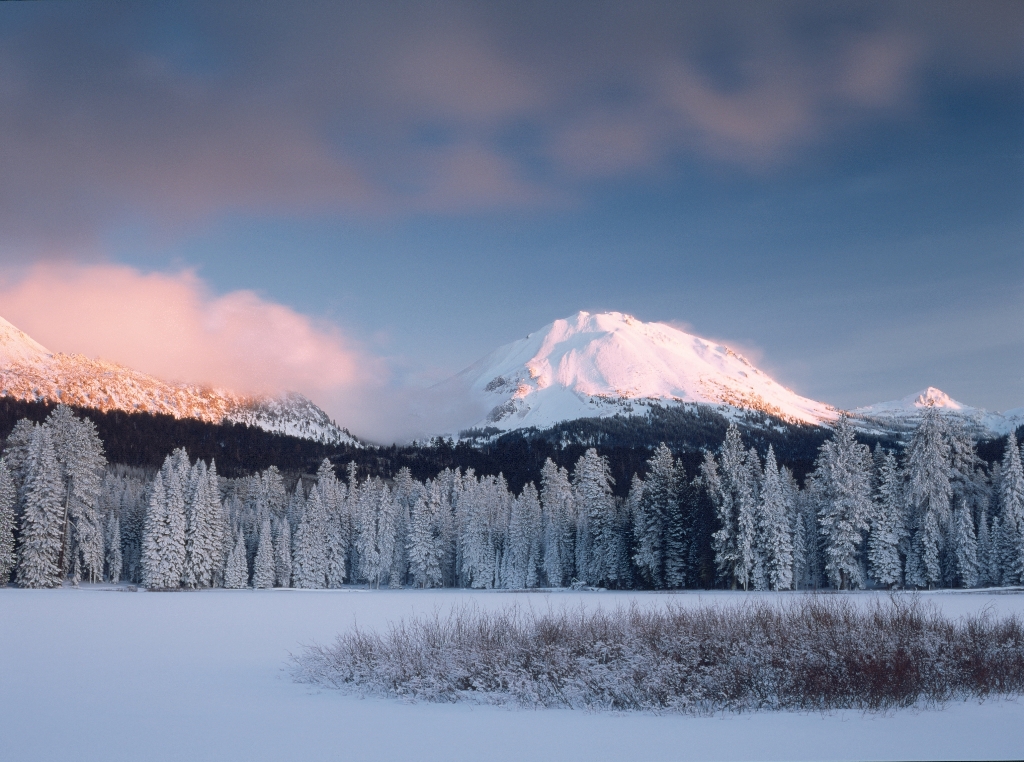
Lassen Volcanic
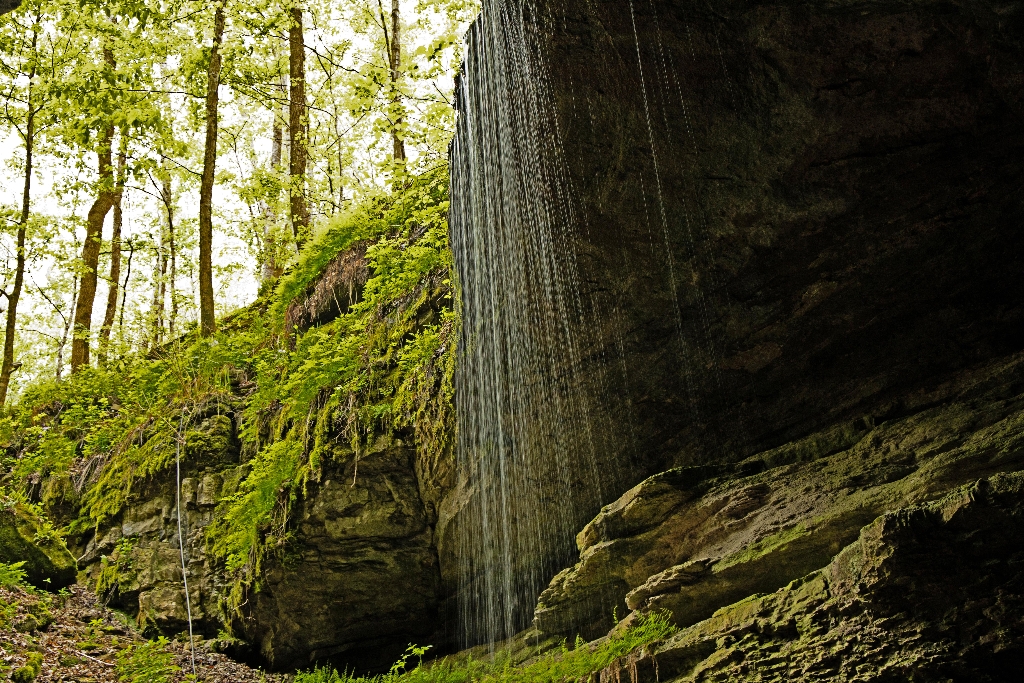
Mammoth Cave
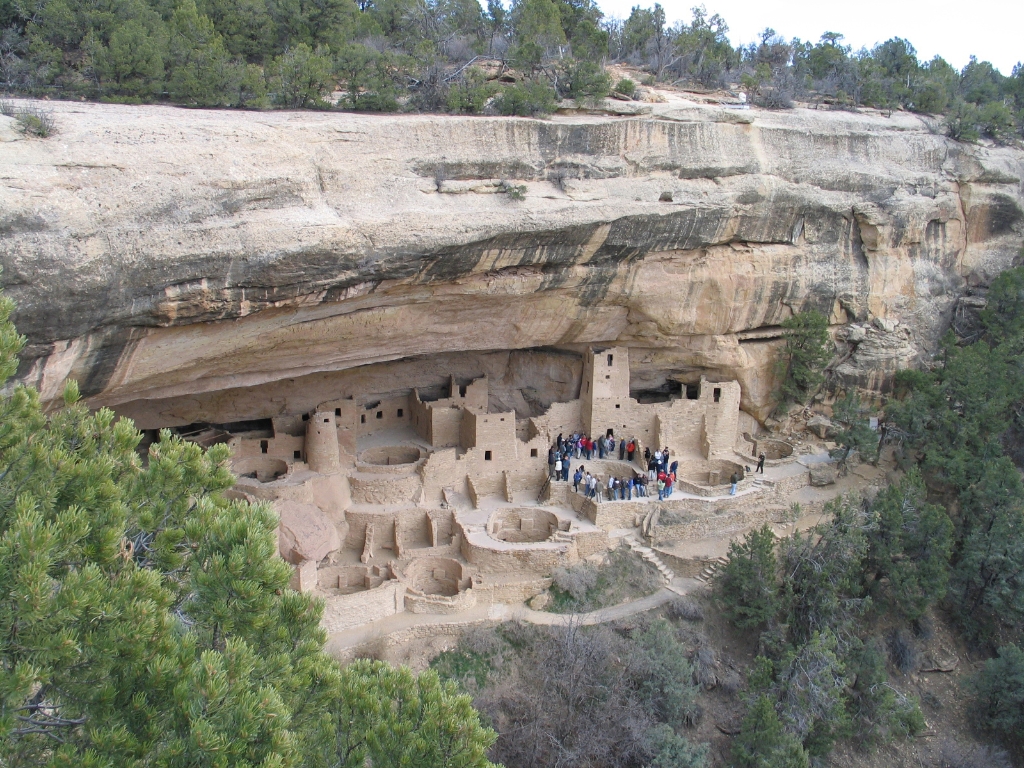
Mesa Verde
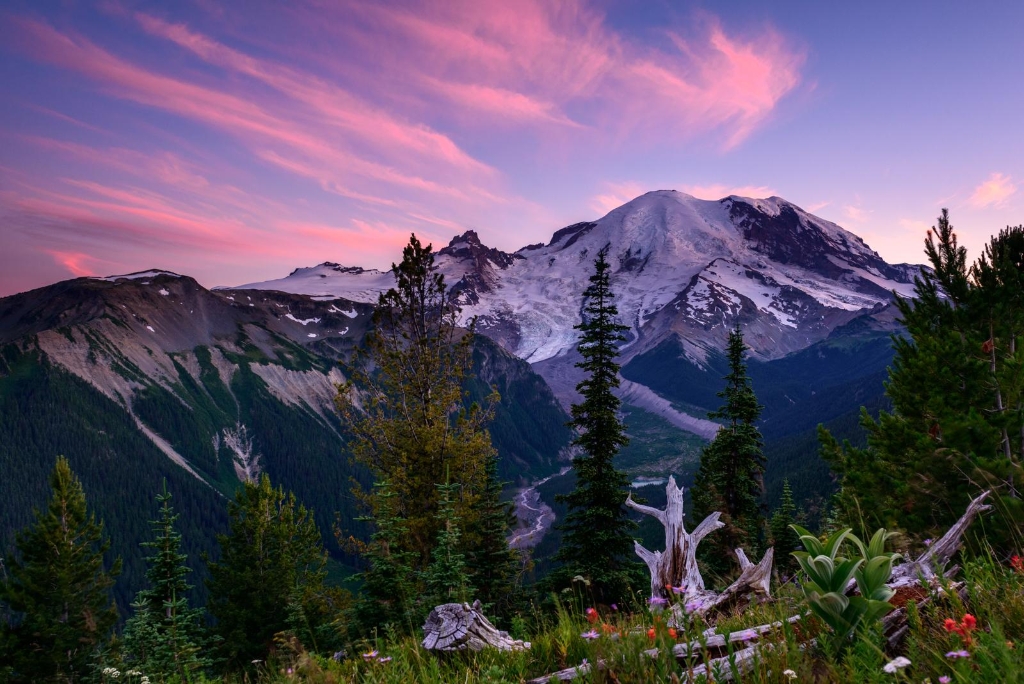
Mount Rainier
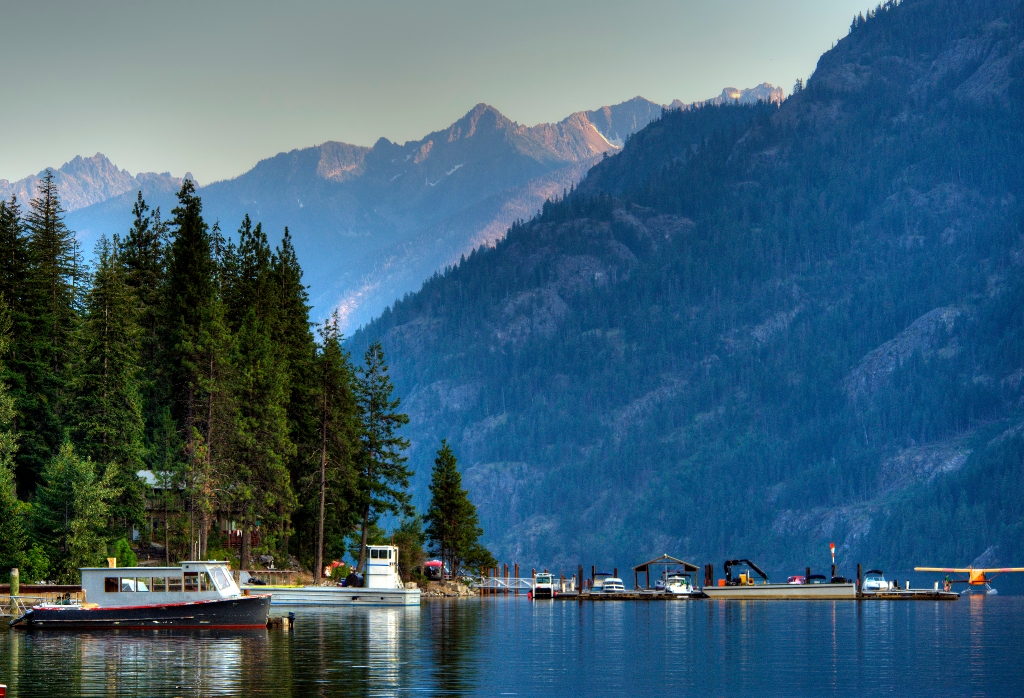
North Cascades

Olympic
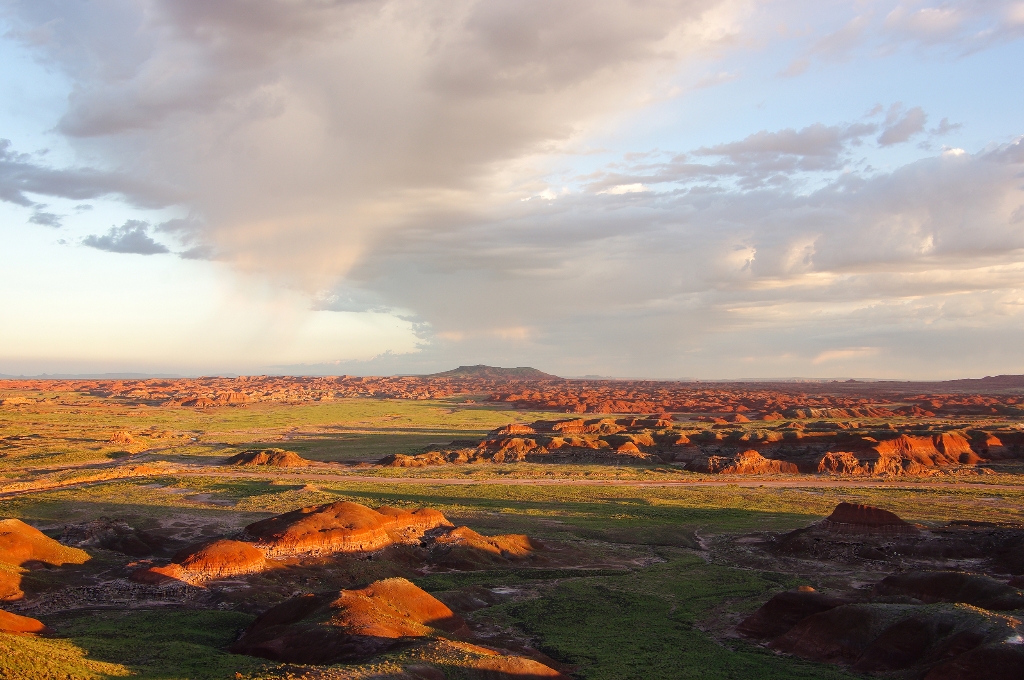
Petrified Forest
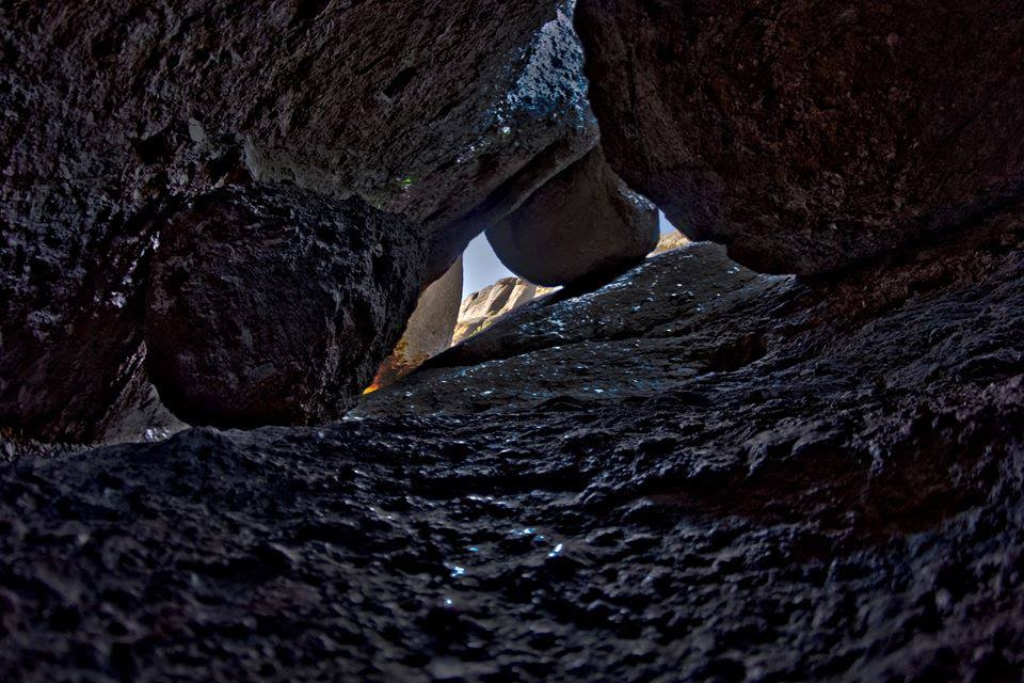
Pinnacles
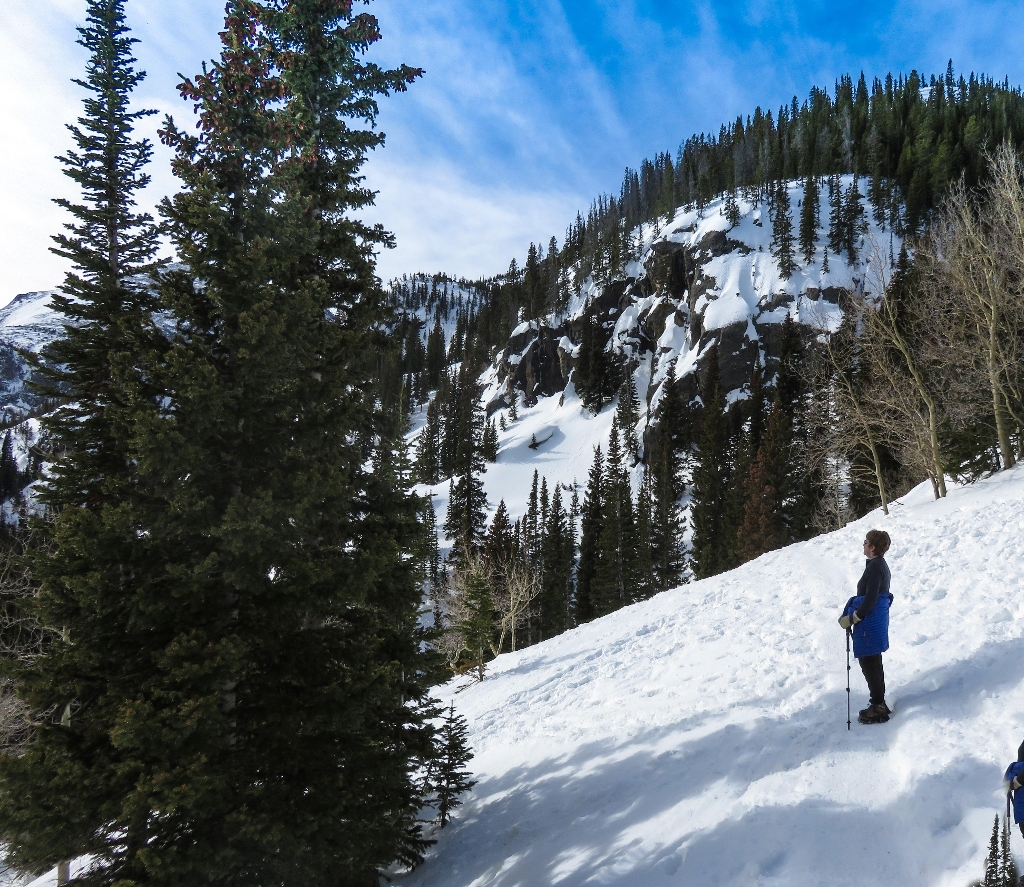
Rocky Mountain
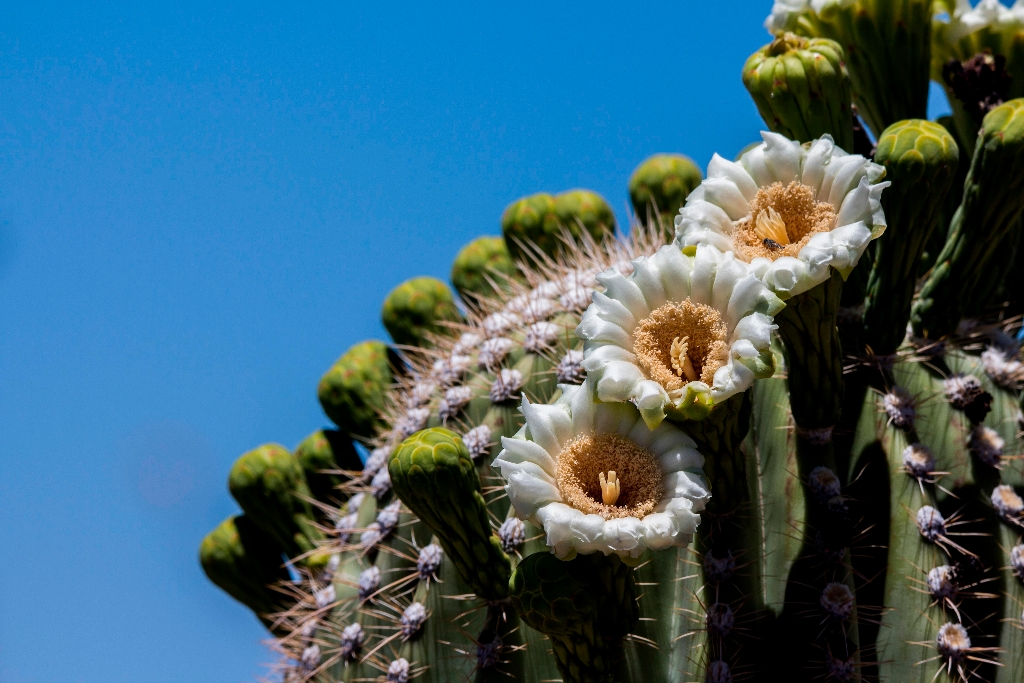
Saguaro
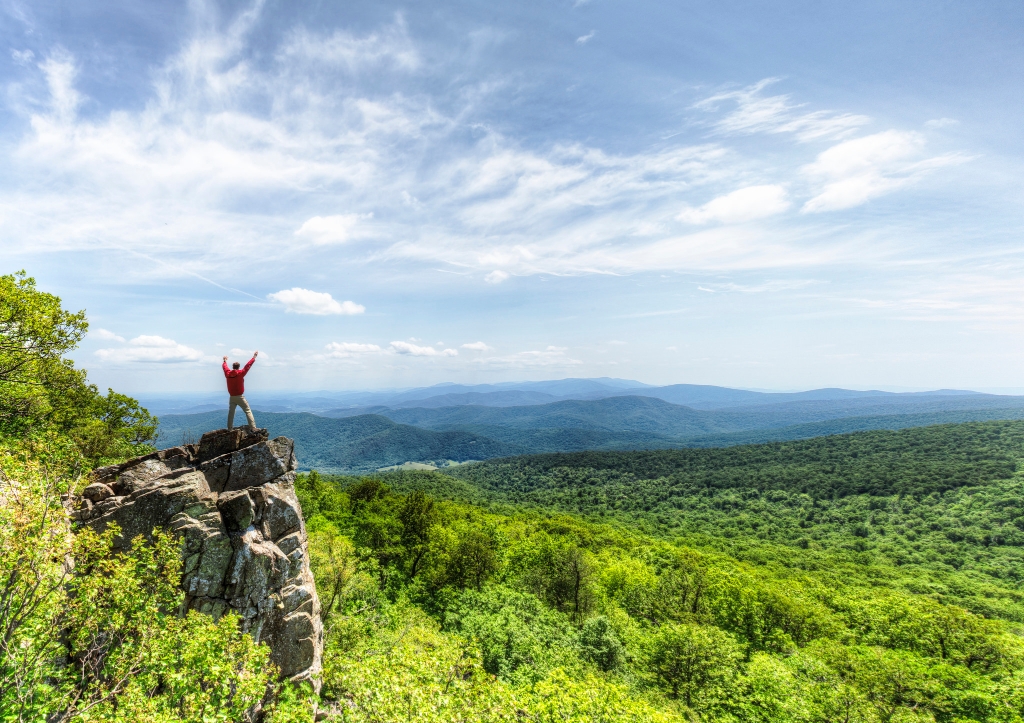
Shenandoah
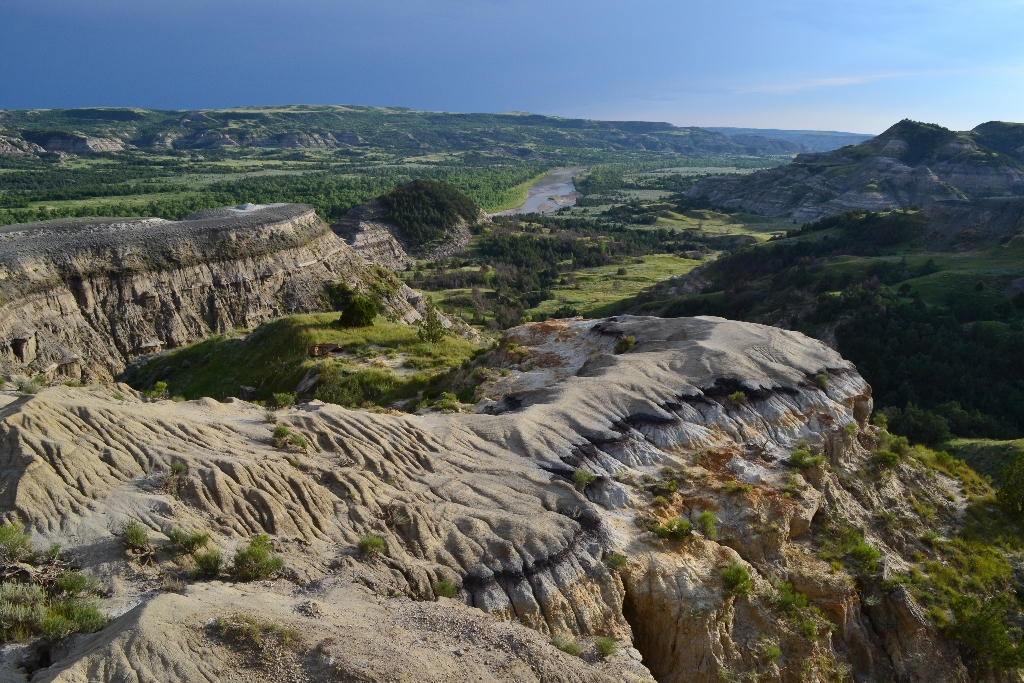
Theodore Roosevelt
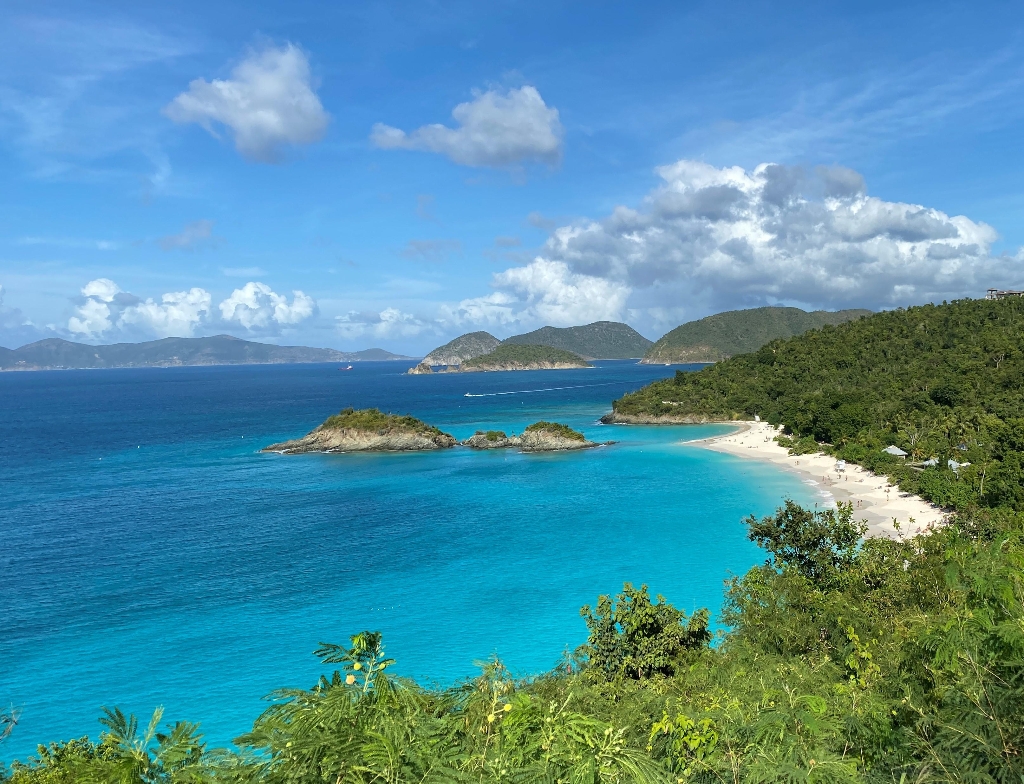
Virgin Islands
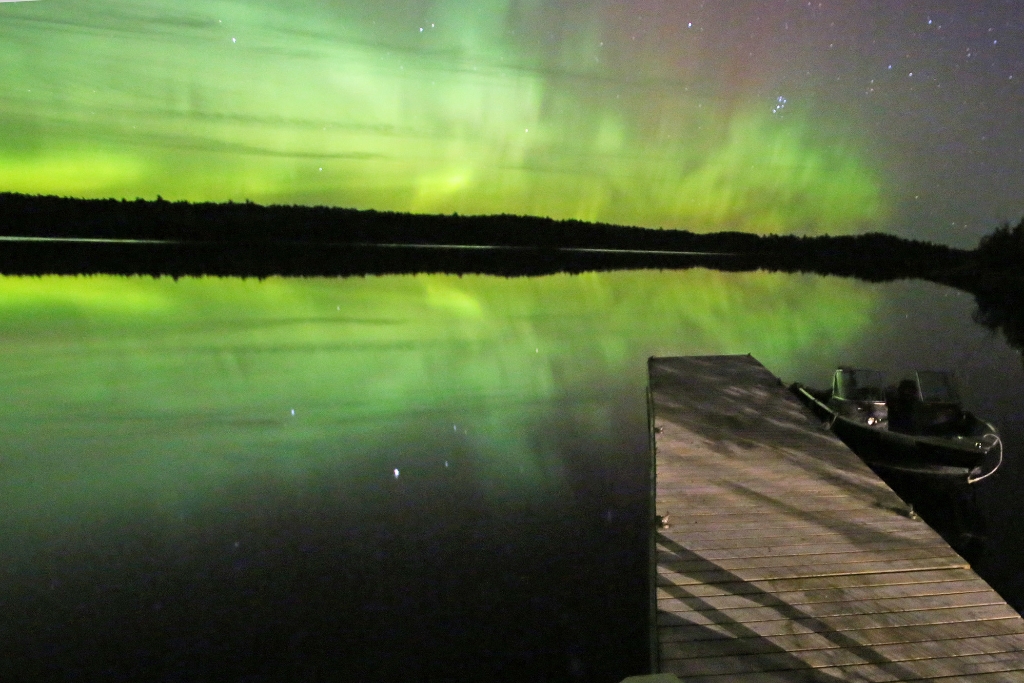
Voyageurs
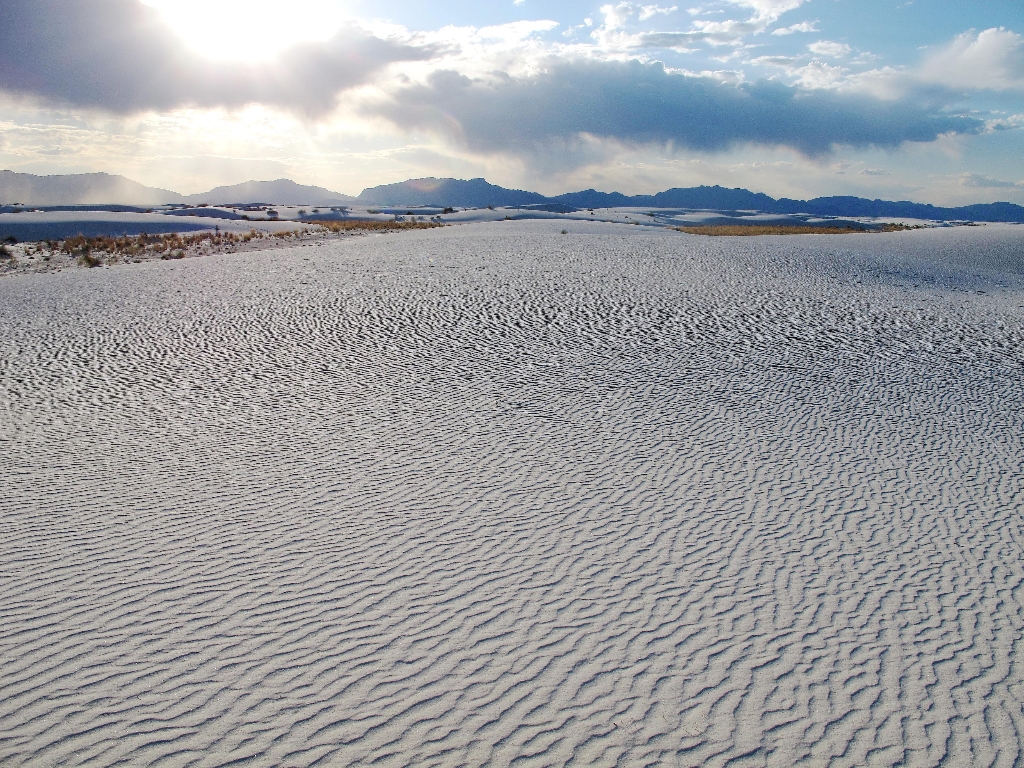
White Sands
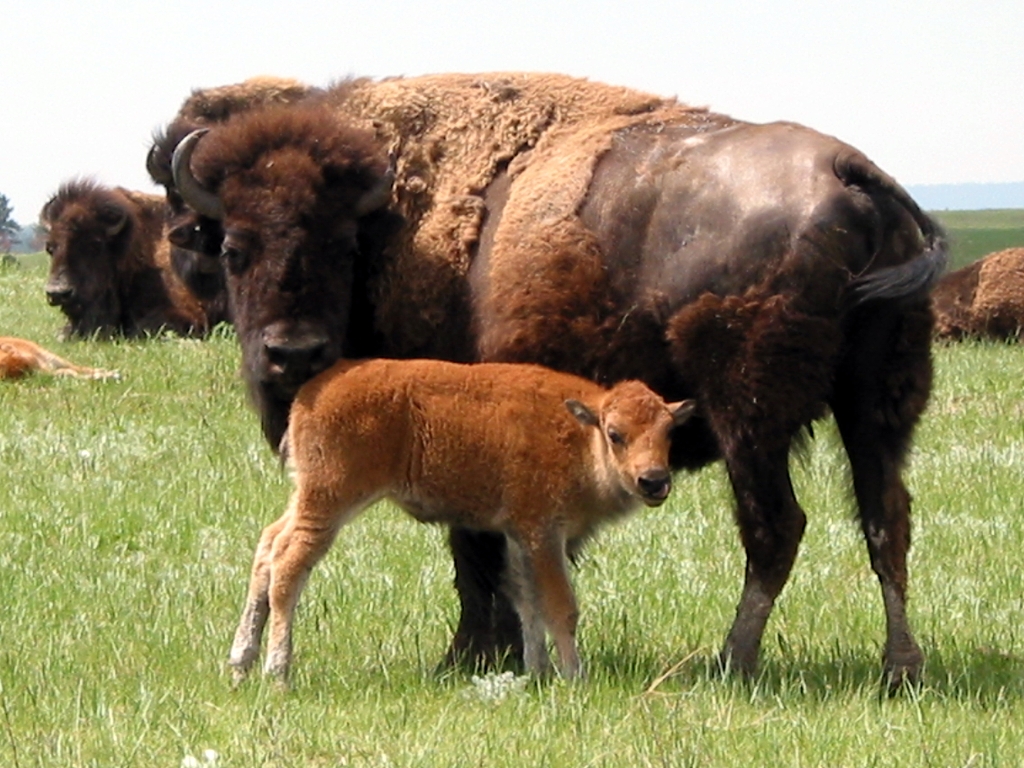
Wind Cave
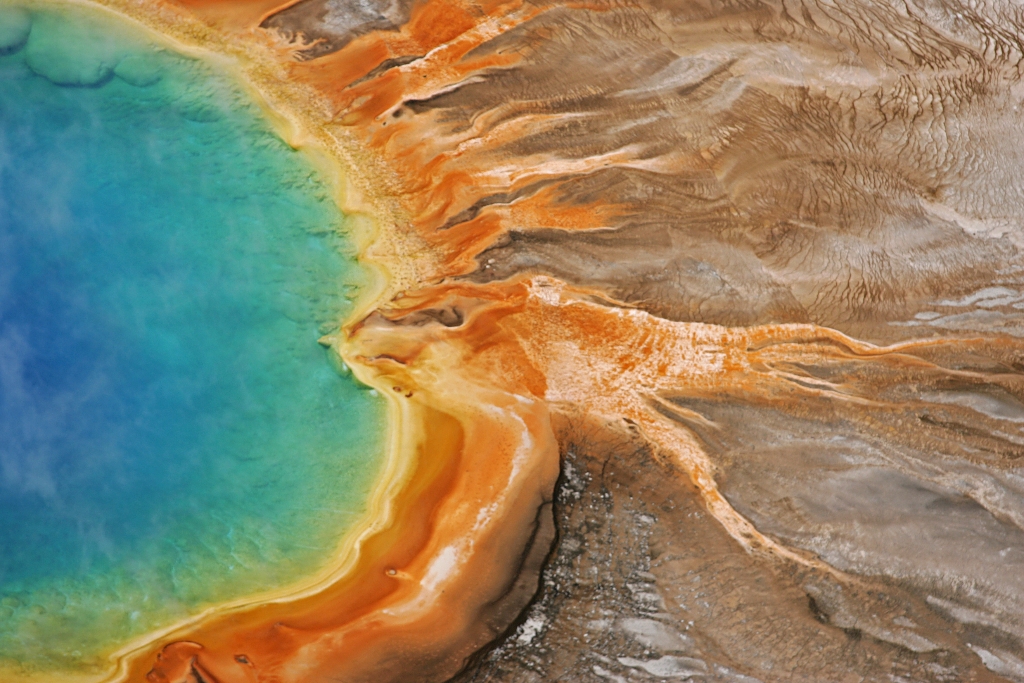
Yellowstone
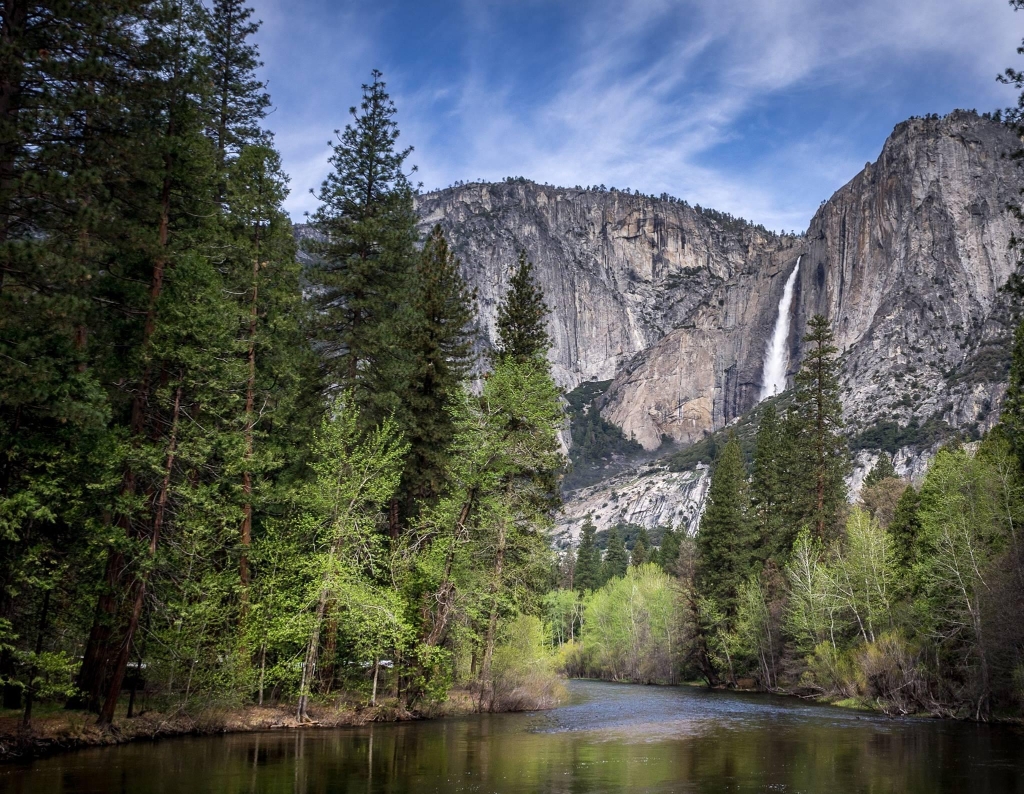
Yosemite

Zion